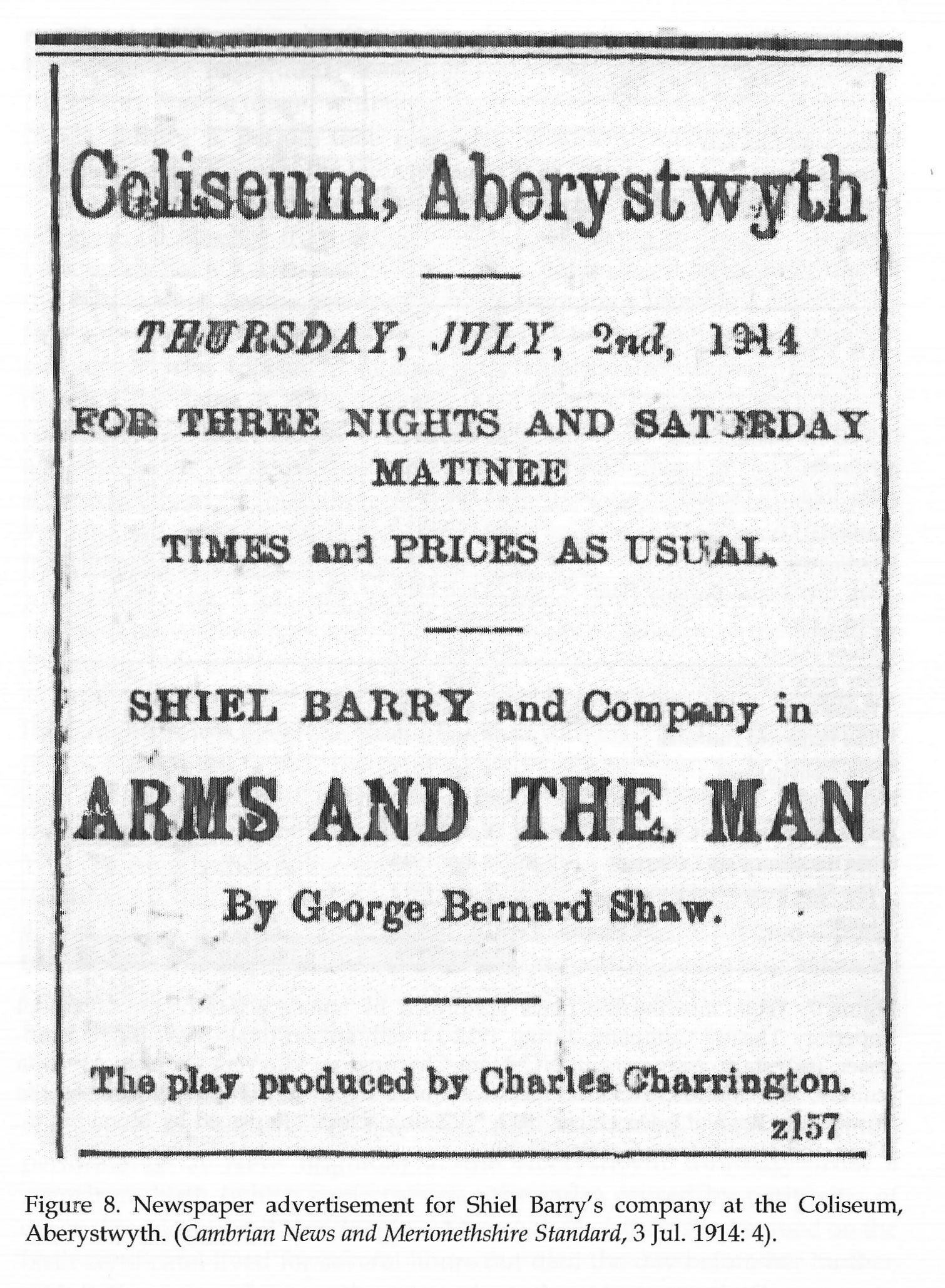Vol. 73, No. 1
pp. 1-68, 2019
Articles
-
New Light on the Baroness
Olive Baldwin and Thelma Wilson
In the early years of the eighteenth century four female star singers made their debuts on the London stage: the Baroness, Margherita de L’Epine, Maria Gallia and Catherine Tofts. They performed in concerts and sang between the acts of plays at London’s two theatres, Drury Lane and Lincoln’s Inn Fields, and later vied for parts in the early all-sung operas in the Italian style. While much has been written about L’Epine and Tofts and the supposed rivalry between them, the Baroness has almost been ignored, although she was probably the first of these singers to appear in London.1 She had a longer English career than either Gallia or Tofts, and apart from a brief return to the continent she lived in London until her death in 1724. This article adds substantially to what we know about her and her career, although much still remains to be discovered.
-
Rediscovering Nora Charrington, Actress and Fabian
Bernard Ince
The life and stage career of Nora Charrington has not been studied previously. She was the only child of two already celebrated actors, Janet Achurch and Charles Charrington, pioneers of the performance of the plays of Henrik Ibsen and the ‘New Drama’ movement of the late nineteenth century. Not only did this artistic inheritance confer obvious advantages, but also of additional significance was her parents’ association with George Bernard Shaw, their friend, mentor, and her godfather. This article explores Nora’s career and offers valuable new perspectives on an artistic milieu in the Edwardian period.
-
Jacob Hall and other Rope Dancers on the Continent, 1678-1682
J. P. Vander Motten
Histories of the early modern English stage have devoted relatively little attention to the activities of such popular entertainers as puppeteers, acrobats, and rope dancers, many of whom plied their humble trade alongside, and sometimes in competition with, the more respectable dramatic representations in the theatre houses. Of the many rope dancers alluded to in contemporary civic and other records only a handful have escaped complete anonymity. No doubt the most famous late seventeenth-century rope dancer was Jacob Hall (fl. 1662-1681), who regularly entertained audiences at the various London fairs and whose agility was greatly admired by Samuel Pepys. This article draws attention to two notarial contracts which have hitherto been neglected by theatre historians, the first shedding new light on a troupe of rope dancers led by Hall, the second relating to two other troupes operating on the continent, who have so far remained completely unknown. Preserved in continental archives but long since available in Dutch-language printed sources, these documents deserve closer consideration for what they tell us about the composition, financial operations, and planned movements of the troupes concerned.
BOOK REVIEWS
Backstage in the Theatre: Scenes and Machines
Jean-Pierre Moynet, translated, introduced and annotated by Christopher Baugh in association with David Wilmore
Shakespeare's Fathers and Daughters
Oliver Ford Davies
Staging History 1780-1840
Michael Burden, Wendy Heller, Jonathan Hicks, Ellen Lockhart eds
New Light on the Baroness *** Rediscovering Nora Charrington, Actress and Fabian *** Jacob Hall and other Rope Dancers on the Continent, 1678-1682
